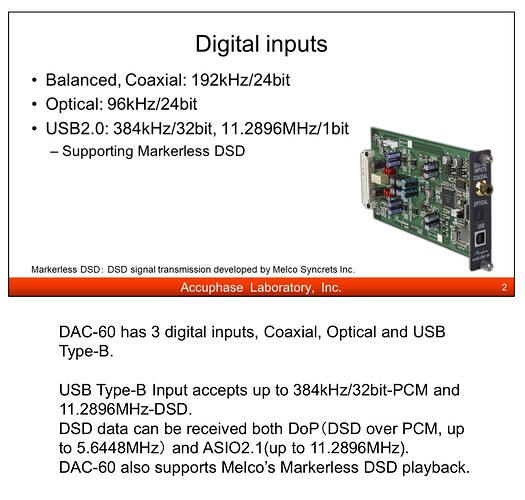I have been interested in the exaSound e38 for some time now, and even more so since I’ve gotten into Roon. Curious about the exaSound e38, multichannel DSD streams, the Roon ROCK, and how they all can be used together.
Specifically I’m wondering what do e38 owners use to feed their DAC’s USB input for multichannel DSD to analog conversion? It seems that the exaSound ecosystem functions can be somewhat proprietary when one of their streamers is used in a Roon chain. Although the exaSound e38 multichannel DAC lists itself as RoonReady, will it only take multichannel native DSD from an exaSound streamer/server or a RoonServer/Core on a Windows PC? Or how about from a Roon ROCK’s USB output?
I built a ROCK NUC endpoint (not core) to use for multichannel HDMI – in which case the ROCK player/appliance has to convert the multichannel DSD file to PCM before it can be transmitted via HDMI to a multichannel AVR for DAC conversion. Does anyone know if I could use the USB output from this ROCK endpoint to transmit a native multichannel DSD stream to the e38 or does the ROCK linux OS not allow that?
Oh, also, just curious – I read something on the exaSound website that gave me the impression that they may be coming out with some newer models in the near future that might be able to handle even higher quality streams, but maybe that was referring to the Mark II version of the e38. Anyone know anything further about this?
- john
 Sounds like a nice setup with lots of options !
Sounds like a nice setup with lots of options !